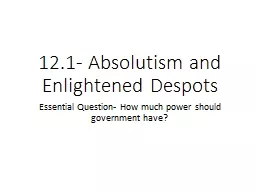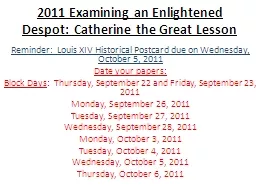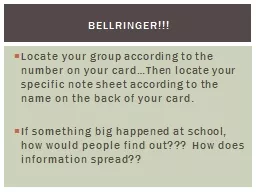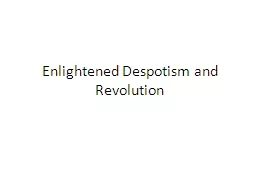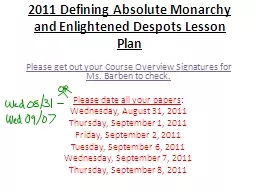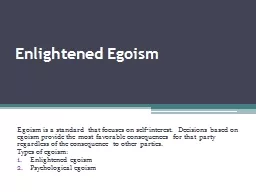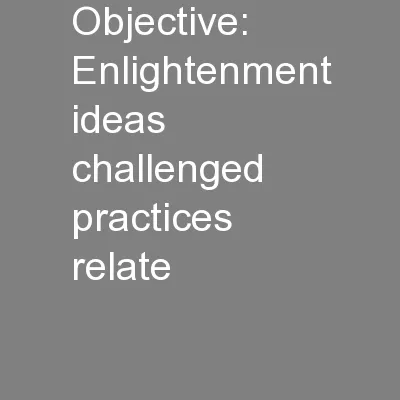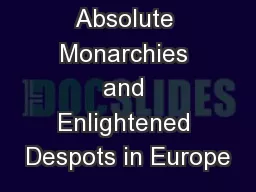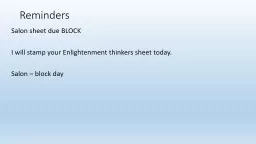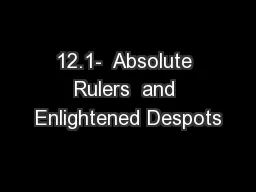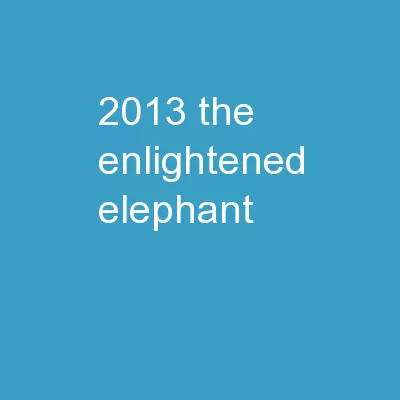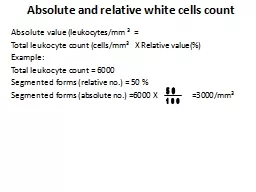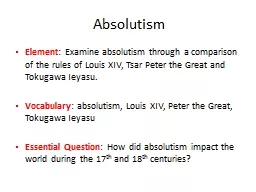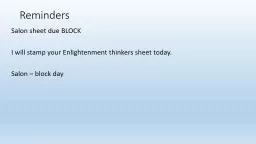PPT-12.1- Absolute Rulers and Enlightened Despots
Author : stefany-barnette | Published Date : 2020-04-04
Essential Question How much power should government have Review Europe After the fall of the Roman Empire the Western half of the empire fell into darkness The
Presentation Embed Code
Download Presentation
Download Presentation The PPT/PDF document " 12.1- Absolute Rulers and Enlightened..." is the property of its rightful owner. Permission is granted to download and print the materials on this website for personal, non-commercial use only, and to display it on your personal computer provided you do not modify the materials and that you retain all copyright notices contained in the materials. By downloading content from our website, you accept the terms of this agreement.
12.1- Absolute Rulers and Enlightened Despots: Transcript
Download Rules Of Document
" 12.1- Absolute Rulers and Enlightened Despots"The content belongs to its owner. You may download and print it for personal use, without modification, and keep all copyright notices. By downloading, you agree to these terms.
Related Documents

